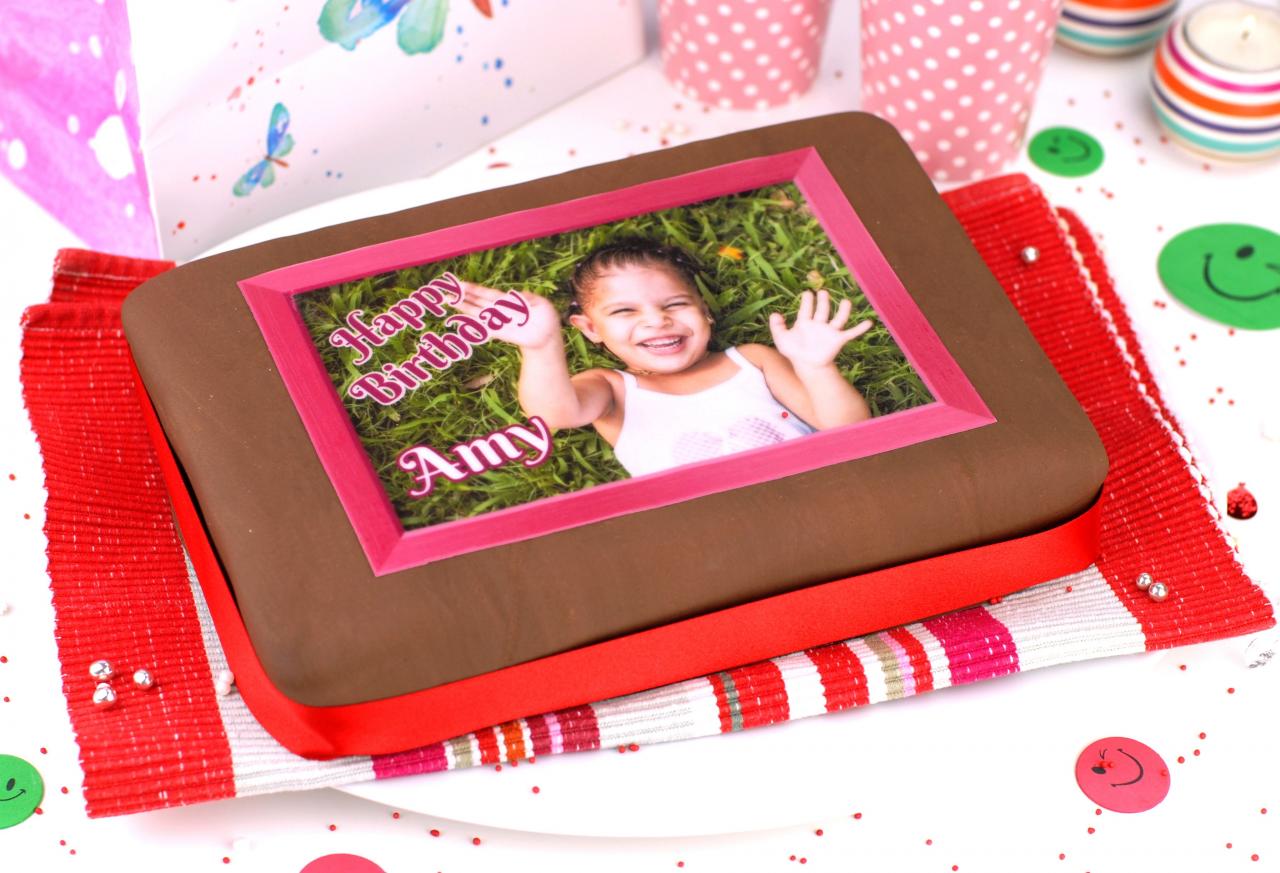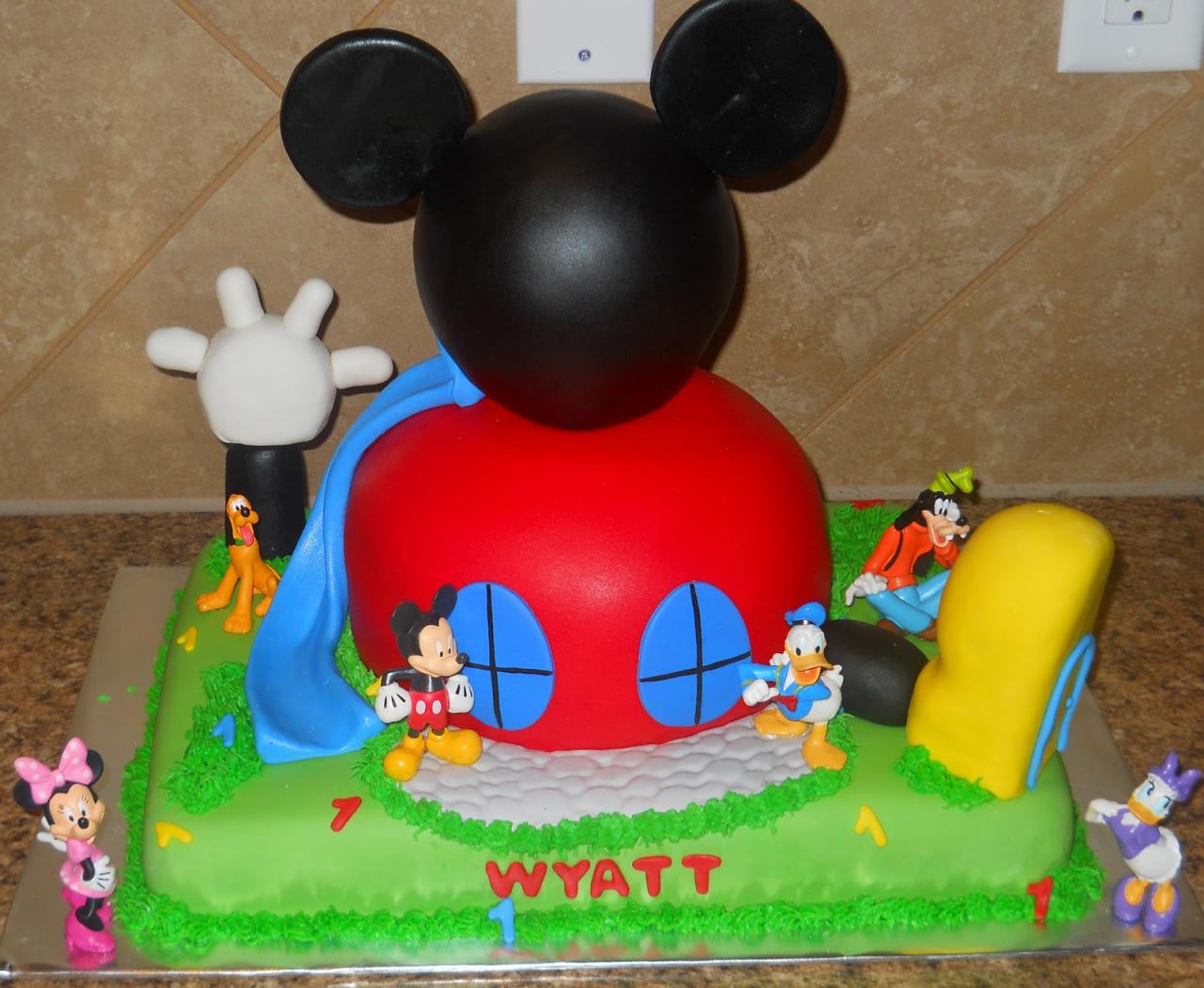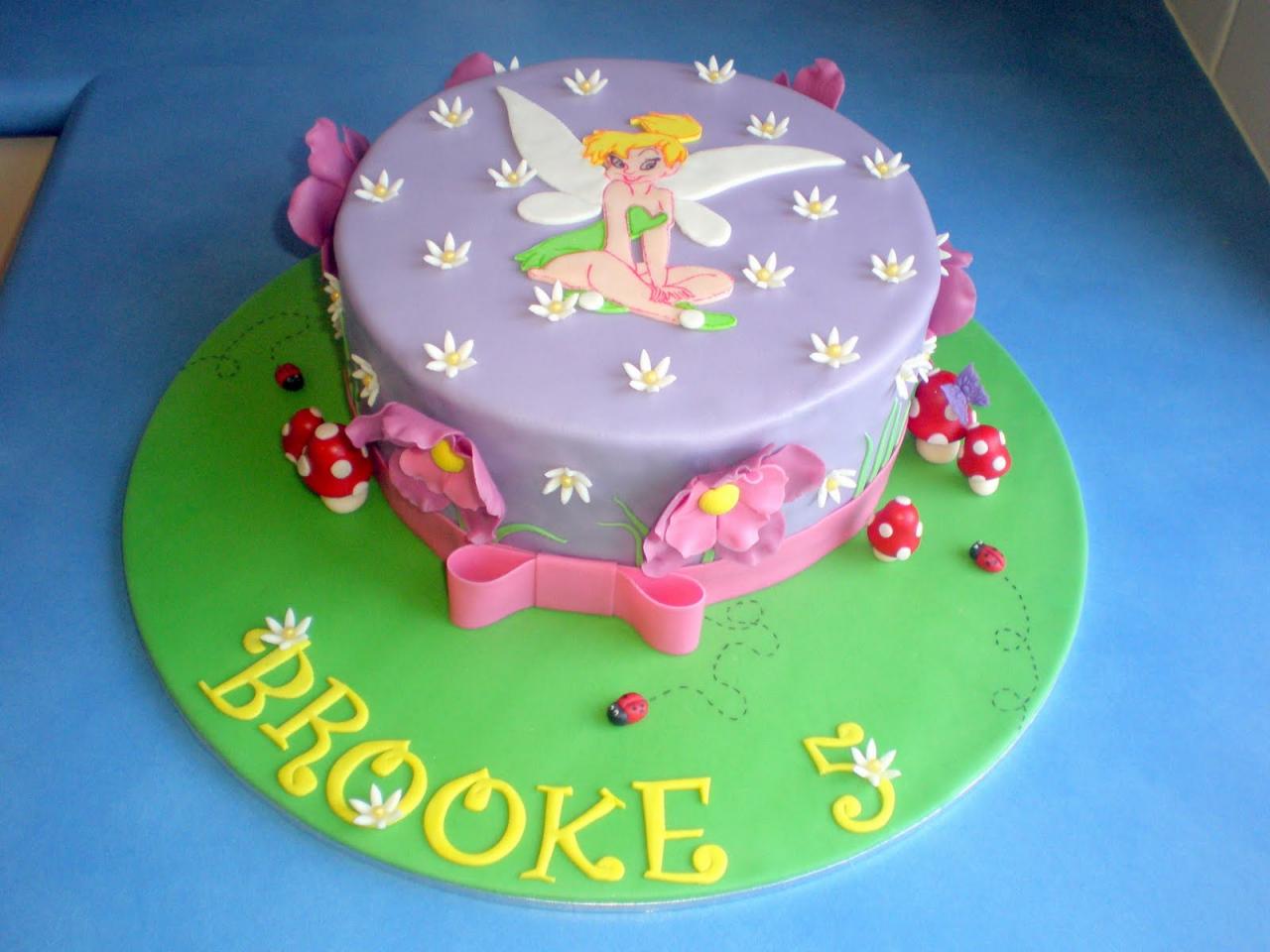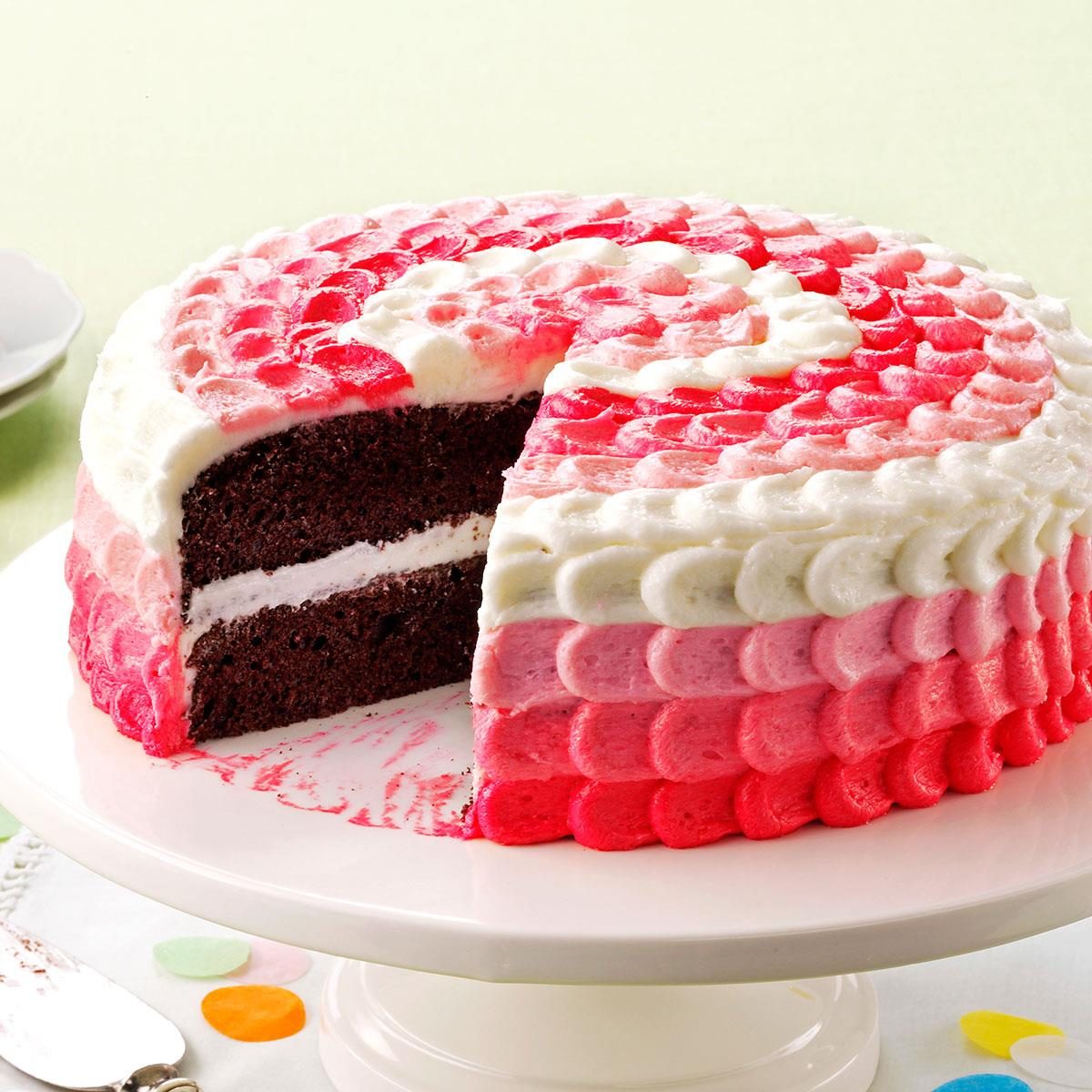Cake transfers, the art of moving a delicate masterpiece from one place to another, can be a daunting task. But with the right techniques, tools, and troubleshooting tips, you can master this culinary challenge and ensure your cake arrives at its destination in pristine condition.
In this comprehensive guide, we’ll explore the various cake transfer methods, compare essential tools, troubleshoot common issues, and discuss design considerations to help you achieve flawless cake transfers every time.
Cake Transfer Methods

Transferring a cake from one place to another can be a daunting task, but with the right methods and tools, it can be done safely and easily. Several techniques are commonly used for cake transfers, each with its advantages and disadvantages.
Using Cake Boards
Cake boards provide a sturdy base for transporting cakes. They are available in various sizes and thicknesses, making them suitable for cakes of different shapes and weights.
Advantages:
- Provides a stable and secure base for the cake.
- Protects the cake from damage during transport.
- Easy to handle and maneuver.
Disadvantages:
- Can be bulky and difficult to store.
- May not be suitable for cakes with delicate or intricate designs.
Using Spatulas
Spatulas are another popular method for transferring cakes. They come in various shapes and sizes, allowing for precise and controlled movements.
Advantages:
- Allows for greater control over the cake’s placement.
- Suitable for cakes with delicate designs or uneven surfaces.
- Easy to use and store.
Disadvantages:
- Requires a steady hand and practice to avoid damaging the cake.
- May not be suitable for heavy or large cakes.
Using Piping Bags
Piping bags can be used to transfer small or medium-sized cakes by piping a layer of frosting or buttercream onto a cake board or serving platter.
Advantages:
- Creates a smooth and even surface for the cake.
- Can be used to create decorative borders or designs.
- Suitable for cakes that need to be chilled or frozen.
Disadvantages:
- Requires a steady hand and practice to achieve a smooth transfer.
- May not be suitable for cakes with heavy or delicate decorations.
Cake Transfer Tools

Transferring cakes can be a daunting task, especially for larger or more delicate cakes. The right tools can make all the difference in ensuring a successful transfer without damaging your cake.
Types of Cake Transfer Tools, Cake transfers
There are several different types of cake transfer tools available, each with its own advantages and disadvantages. The best tool for you will depend on the size and shape of your cake, as well as your budget.
| Tool Type | Material | Size Range | Recommended Cake Types |
|---|---|---|---|
| Cake Board | Cardboard, plastic | Various sizes | Small to medium cakes |
| Cake Plate | Glass, ceramic, plastic | Various sizes | Small to large cakes |
| Cake Stand | Metal, plastic, wood | Various sizes | Medium to large cakes |
| Cake Carrier | Plastic, cardboard | Various sizes | Large cakes |
| Cake Lifter | Metal, plastic | Various sizes | Medium to large cakes |
Troubleshooting Cake Transfer Issues

Transferring cakes from one place to another can be a delicate task, and even experienced bakers can encounter problems. Common issues include cake breakage, frosting damage, and uneven surfaces. This guide provides troubleshooting tips and solutions to help you overcome these challenges and ensure a successful cake transfer.
Cake Breakage
Cake breakage can occur due to several factors, such as insufficient support, improper handling, or a delicate cake structure. To prevent breakage:
- Use a sturdy cake board or plate that can support the weight of the cake.
- Handle the cake gently, using a spatula or cake lifter.
- If the cake is particularly delicate, consider using a cake carrier or box with extra padding.
Frosting Damage
Frosting damage can occur when the frosting is too soft or the cake is handled improperly. To prevent frosting damage:
- Allow the frosting to set properly before transferring the cake.
- Use a spatula or bench scraper to gently lift the cake.
- If the frosting is still too soft, consider using a cake carrier with a lid to prevent smudging.
Uneven Surfaces
Uneven surfaces can occur when the cake is not leveled properly or the frosting is applied unevenly. To achieve an even surface:
- Use a cake leveler to ensure the cake is level before frosting.
- Apply the frosting in thin layers, using a spatula or piping bag.
- If the frosting is uneven, use a bench scraper to smooth it out.
Cake Transfer Design Considerations: Cake Transfers
Transferring cakes requires not only technical skill but also an eye for aesthetics. Maintaining the integrity of the frosting and creating visually appealing presentations are crucial considerations during cake transfers.
Tips for Transferring Cakes with Intricate Designs
Intricate cake designs, such as sculpted figures or delicate piping, demand extra care during transfer. Here are some tips to ensure a successful transfer:
- Use a firm base: A sturdy cake board or platform will provide a stable surface for the cake during transfer.
- Freeze the cake: Partially freezing the cake before transferring helps stabilize the frosting and prevent smudging.
- Use a spatula or cake lifter: Carefully slide a spatula or cake lifter under the cake to lift it without damaging the design.
- Support the design: If the design is particularly delicate, consider using toothpicks or straws to support it during transfer.
Transferring Cakes with Multiple Layers
Transferring multi-layered cakes requires additional care to prevent the layers from shifting or breaking. Here are some tips:
- Stack the layers carefully: Ensure that each layer is centered and evenly stacked to prevent uneven distribution of weight.
- Use frosting as adhesive: A thin layer of frosting between the layers will help hold them together during transfer.
- Chill the cake: Refrigerating the cake before transferring will firm up the frosting and make it less likely to slide.
- Use a cake dowel: Inserting a cake dowel through the center of the cake will provide additional support and prevent the layers from collapsing.
Innovative Cake Transfer Techniques

Traditional cake transfer methods can be limiting, especially for intricate or large cakes. Innovative techniques offer creative solutions, expanding the possibilities for safe and efficient cake transfers.
One innovative approach utilizes rotating platforms. These platforms rotate the cake smoothly, allowing for precise alignment and decoration without the risk of smudging or damage. They are particularly beneficial for multi-tiered cakes or cakes with delicate details.
Specialized Equipment
Specialized equipment, such as cake lifters and cake boards with handles, provides additional support and stability during cake transfers. Cake lifters, with their wide, flat surface, evenly distribute the weight of the cake, preventing bending or cracking. Cake boards with handles offer a sturdy base and convenient grips, making it easier to lift and transport cakes.
Cake Transfer for Different Occasions
Wedding Cakes
Transferring wedding cakes requires meticulous planning and precision. Consider the size and weight of the cake, the distance to the venue, and the weather conditions. Opt for sturdy cake boards and boxes, and use cake dowels or straws for support.
For elaborate cakes, consider assembling them on-site or using a cake lifter.
Birthday Cakes
Birthday cakes offer more flexibility in transfer methods. Choose a method based on the cake’s size and the occasion’s formality. For smaller cakes, a simple cake carrier or a cardboard box with handles will suffice. Larger cakes may require a cake board and a cake box or a specialized cake carrier with a handle.
Corporate Events
Corporate event cakes often require a professional touch. Select a transfer method that ensures the cake’s integrity and presentation. Use cake boards and boxes with professional branding or decorations. Consider using a cake lifter or trolley for larger cakes to maintain stability during transport.
Final Wrap-Up
Whether you’re a seasoned baker or a novice, this guide will equip you with the knowledge and skills to transfer your cakes with confidence. From simple board transfers to innovative rotating platforms, we’ve covered all the essential aspects of cake transfers to empower you to create stunning and unforgettable edible masterpieces.



